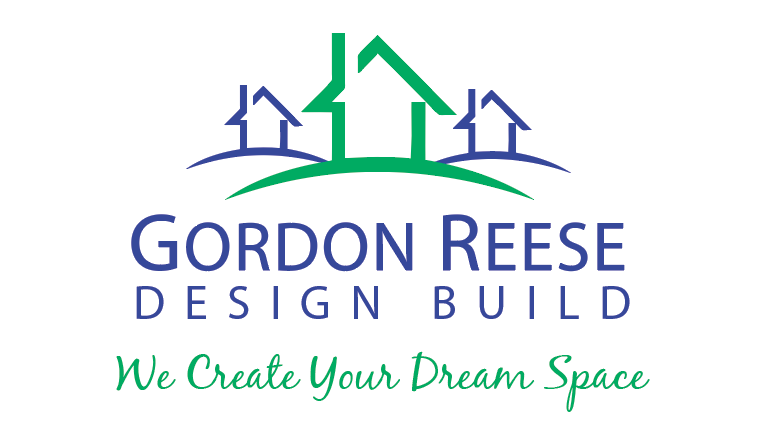With green design and sustainability being some of the most important factors homeowners now consider when remodeling, regenerative design promises to be the next buzz word in home and office remodel design. It’s already being used in many commercial buildings and other business settings, and promises to produce outstanding changes and improvements once integrated into residential applications. But what is regenerative design and how does it relate to current green design and sustainability in construction remodeling? Here we look at how regenerative design tools can change your home design and provide a better, healthier direction for your next remodel.
Contents
What Is Regenerative Design?
Regenerative design is a type of environmental design that goes beyond sustainability and conservation. ‘Regenerative’ means that rather than having a minimally negative or neutral impact, this type of design actually provides a net-positive impact on the surrounding environment. Fully regenerative buildings not only generate their own power and process and treat their own water, they send benefits back to the surrounding community, and provide beneficial impacts to the local ecosystem.
The best design build contractors who utilize regenerative design know that it is about more than combining a number of green design components. It’s a carefully coordinated and engaged way of bringing together all aspects of construction – from the site’s water, materials, and energy to plants, microbes, human social systems, and culture. Regenerative buildings provide no net pollution emissions and no net health impacts to occupants of the building. The aim is to create a completely harmonious, integrated, healthy, and supportive home, for both those living inside, and for the surrounding environment.
Regenerative Design Tools in Home Remodels
While the integration of regenerative design tools for residential buildings is still in its development stage, there are a number of key innovations being used by experienced design build contractors that reveal what the future of regenerative home design will be. Many homes are already being built with passive cooling design, water reclamation, green roofs or walls, solar electricity, and solar hot water. One example of regenerative design that many homeowners are already taking advantage of is returning excess solar power generated from home solar panels back to the grid. This not only helps to make your home more environmentally friendly and lowers your utility bills, it allows you to give back to the environment and community. Recycling wastewater into water that can be used again throughout the home is another area of interest for those developing regenerative design tools for homes. While grey water is already employed for limited home use, such as in the garden, the current goal is to look at turning even black water into a pure, drinkable water source using the latest technology. The Eco Machine at the Omega Center for Sustainable Living is an outstanding example of using nature’s process to sustainably treat all waste water into sparkling clear drinking water, all with no chemicals. Fungi, bacteria, plants, snails, and microscopic algae, along with solar energy and gravity are all that’s used to power this water purification technology. While this development is now supplying water at the Omega Center for Sustainable Living, similar developments could help provide households with 100% natural, clean, reclaimed water in the future.
Regenerative design is the future of green design that will provide more than just sustainability for homes. It offers us the unique opportunity to undertake partial or whole house remodels that are more than beautiful – they completely integrate with the surrounding ecosystem to produce positive impacts for both the occupants and the environment.

Recent Comments